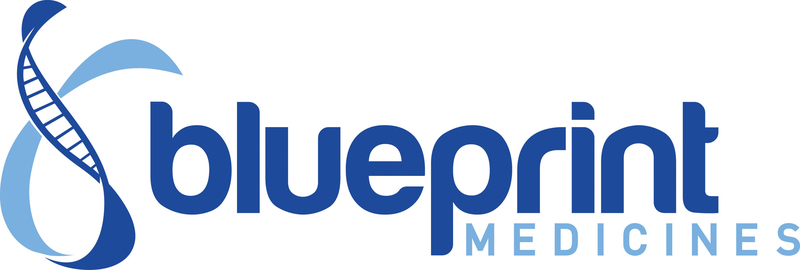One year after its ASCO debut, Blueprint Medicines’ RET inhibitor continues to deliver. Echoing results presented last year from just 35 evaluable patients, pralsetinib shrank tumors in 61% of a difficult-to-treat group of lung cancer patients and curbed tumor growth in 95% of them.
The phase 2 data come from 116 patients with RET fusion-positive non-small cell lung cancer (NSCLC) that had spread, most of whom—nearly 70%—had tried platinum chemotherapy, while the remainder had not received any kind of treatment. Of the total population, 65% counted as responders, and the treatment eliminated tumors in seven patients, or 6%, the investigators wrote in the study abstract. Almost all (96%) saw some tumor shrinkage.
Those numbers were bolstered by the drug’s performance in the 26 patients who hadn’t been previously treated. Pralsetinib, also called BLU-667, shrank tumors in 100% of those patients. Nearly three-quarters of them had enough shrinkage to be responders.
At a median of nine months after treatment, the median duration of response had not yet been reached, suggesting the treatment’s effect on preventing cancer from growing or spreading could be long-lasting.
“With increased patient follow-up, these data reinforce the prolonged durability demonstrated by pralsetinib. In addition, pralsetinib data have shown a deepening of response with additional patients achieving complete responses,” said Andrew Law, Blueprint’s associate director of product communications, in an email.
Praseltinib also fared well in patients whose cancer had spread to the brain. It shrank brain tumors in seven of the nine patients whose brain metastases were large and defined enough to be seen on a CT scan or with an MRI, Blueprint reported at ASCO last year.
“In addition, no patients treated at the recommended 400 mg dose had progression due to new CNS involvement,” Law said. Data presented late last year showed “durable CNS activity, with several patient cases showing ongoing CNS responses for more than 10 months.”
The safety data come from 354 patients who have received pralsetinib, including those with thyroid cancer and other solid tumors. Most of the side effects were mild and the most common were elevated liver enzymes, anemia, constipation and hypertension.
Until recently, patients with RET mutations haven’t benefited from a targeted therapy the way their peers with other mutations, like ALK or RAS, have. Instead, they routinely receive platinum chemotherapy along with “any number of drugs,” said Blueprint Chief Medical Officer Andy Boral, M.D., in a previous interview. If a patient’s disease gets worse, there aren’t many options.
Blueprint submitted pralsetinib for FDA approval as a treatment for RET fusion-positive NSCLC in the first quarter this year, and with a priority review tag, it could get a decision within six months. Praseltinib won’t be the first targeted treatment for patients with RET-mutated cancers, though—that distinction goes to Eli Lilly’s Retevmo (selpercatinib), which scored approval last week.
Although Retevmo will beat pralsetinib to market, Chief Commercial Officer Christina Rossi said on a Blueprint conference call last week that she doesn’t expect a significant lag between the two drugs’ approvals. She also touted pralsetinib’s complete response rates as something physicians have found “incredibly compelling” and potentially “differentiating.”
Blueprint plans to follow this submission with a filing in RET-altered medullary thyroid cancer (MTC) later this year. Beyond that, the company wants to get into other RET-altered cancers and earlier lines of treatment.

